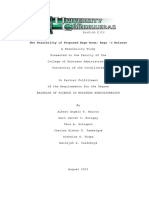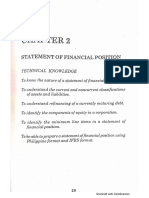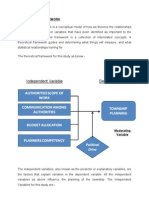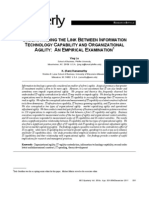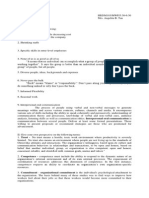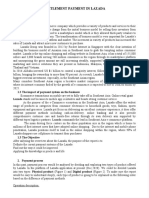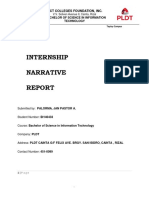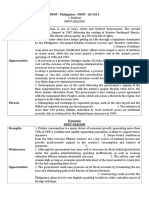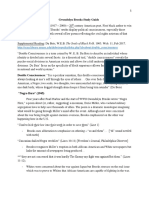0% found this document useful (0 votes)
190 views17 pagesHistory of Organizational Development
Organization development emerged from contributions of behavioral scientists and organizations. It evolved in response to changing organizational conditions and divided into four stems: [1] applying laboratory training insights to organizations, [2] survey research and feedback methodology, [3] a fusion of the first two approaches known as action research, and [4] sociotechnical approaches developed by the Tavistock Institute. Foundational figures included Kurt Lewin, Chris Argyris, Douglas McGregor, Rensis Likert, and those conducting the Northfield Experiment. Today, organization development continues to adapt to trends like globalization and technology while being applied across various organization types and internationally.
Uploaded by
Chriz ChanCopyright
© © All Rights Reserved
We take content rights seriously. If you suspect this is your content, claim it here.
Available Formats
Download as PDF, TXT or read online on Scribd
0% found this document useful (0 votes)
190 views17 pagesHistory of Organizational Development
Organization development emerged from contributions of behavioral scientists and organizations. It evolved in response to changing organizational conditions and divided into four stems: [1] applying laboratory training insights to organizations, [2] survey research and feedback methodology, [3] a fusion of the first two approaches known as action research, and [4] sociotechnical approaches developed by the Tavistock Institute. Foundational figures included Kurt Lewin, Chris Argyris, Douglas McGregor, Rensis Likert, and those conducting the Northfield Experiment. Today, organization development continues to adapt to trends like globalization and technology while being applied across various organization types and internationally.
Uploaded by
Chriz ChanCopyright
© © All Rights Reserved
We take content rights seriously. If you suspect this is your content, claim it here.
Available Formats
Download as PDF, TXT or read online on Scribd
/ 17


